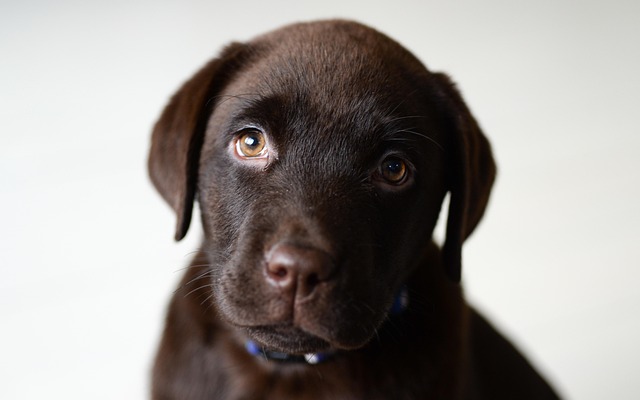
How do i train my dog to be obedient?
Watching your dog dart across the park ignoring your calls isn’t just frustrating—it can put them at risk near busy streets or public spaces.
Ever watched your dog zoom around the backyard like a furry tornado? That’s their way of telling you: “I’ve got energy to burn!” But finding the right exercise balance isn’t just about tuckering them out—it’s key to keeping your four-legged friend healthy, happy, and out of trouble. Let’s break down what every dog owner should know.
Think of exercise as a dog’s daily vitamin. Without enough activity, they can turn couch-potato habits into destructive behaviors, like chewing your favorite sneakers or digging up the garden. But it’s not one-size-fits-all. A Chihuahua might be content with a brisk 15-minute walk around the block, while a Border Collie needs hours of mental and physical stimulation—think agility courses or frisbee marathons.
Most urban areas have leash laws for good reason. While it’s tempting to let your pup roam free in the park, running loose can lead to trouble, whether it’s tangling with another dog or darting into traffic. Always check local regulations, and look for designated off-leash zones where your dog can safely socialize and sprint. Many cities now have fenced dog parks, but remember: your dog should be well-trained and up-to-date on vaccinations before joining the pack.

Beyond traditional walks, dogs thrive on variety. Swimming is a low-impact option perfect for older dogs or those recovering from injuries, and it’s a hit on hot summer days. Puzzle toys and treat-dispensing balls engage their minds while burning energy indoors. And if you’re short on time, a quick game of fetch in the hallway can make a world of difference.
But exercise isn’t just about physical movement—it’s a bonding opportunity. Jogging together, exploring new hiking trails, or playing hide-and-seek in the backyard strengthens your connection. Just like humans, dogs need quality time with their favorite people, and exercise provides the perfect backdrop for creating memories.
For puppies and senior dogs, adjust the intensity. Puppies have bursts of energy followed by naps, so short, frequent play sessions work best. As dogs age, they might prefer gentle strolls and gentle stretching exercises to keep joints mobile. Pay attention to your dog’s body language—if they’re lagging behind or panting heavily, it’s time to slow down.
Weather plays a role too. In extreme heat, exercise during cooler morning or evening hours. Pavement can burn paw pads, so stick to grassy areas or invest in dog booties. On rainy days, get creative with indoor activities like obstacle courses using pillows and chairs. And during winter, watch for signs of frostbite, especially on paws, ears, and tails.
In the end, the best exercise routine is one you both enjoy. If your dog’s eyes light up when you grab the leash or wag their tail at the sight of a tennis ball, you’re on the right track. Remember, a tired dog is a well-behaved dog, but a happy dog is one that feels loved and understood through every play session and walk. So lace up those sneakers, grab the ball, and let the adventures begin—your dog’s waiting!

Watching your dog dart across the park ignoring your calls isn’t just frustrating—it can put them at risk near busy streets or public spaces.

New puppy owners often find themselves rushing to clean up accidents before they set in, and that’s where puppy pad training becomes a game-changer.

If you've noticed your dog's waistline disappearing and your veterinarian has mentioned those few extra pounds, your first instinct might be to simply reduce the amount of food in their bowl.

Training a dog to use a designated spot indoors isn’t as daunting as many new owners fear, but it does take consistency and an understanding of your pet’s needs.

That moment of dread on a walk is all too familiar for many new dog owners. You see another dog approaching down the sidewalk of your neighborhood

If the sight of another dog on your neighborhood walk makes your heart sink as your own dog erupts into a frenzy of barking and lunging, you're not alone.